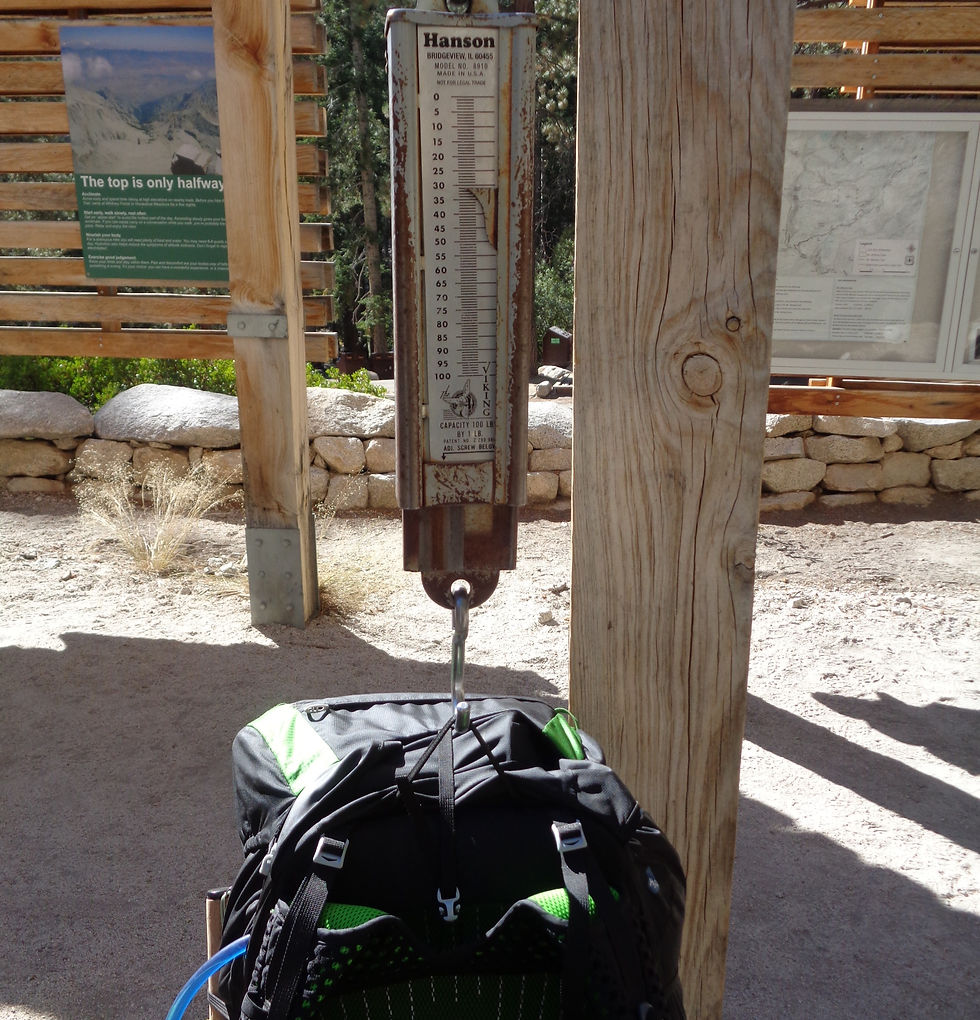Leave No Trace
- Dale Lauterback

- Apr 5, 2023
- 3 min read
Updated: Aug 16, 2025

Leave No Trace is a set of principles aimed at helping people enjoy the outdoors responsibly while minimizing their impact on the environment. These principles are essential for preserving the beauty and health of natural areas, ensuring that future generations can enjoy them just as we do today. In this blog post, we will go over the seven Leave No Trace principles in detail.
Plan ahead and prepare: Before heading out, research the area you will be visiting and prepare accordingly. This includes bringing enough food, water, and clothing for your trip, as well as a map, compass, and other necessary equipment. By being well-prepared, you can minimize the amount of waste you generate and reduce your impact on the environment.
Travel and camp on durable surfaces: When hiking, stay on established trails to minimize damage to vegetation and soil. If camping, choose designated campsites or areas that have already been impacted to avoid damaging new areas. Use established fire rings or stoves instead of building new fire pits, and avoid damaging trees or other natural features.
Dispose of waste properly: Pack out all trash, leftover food, and litter. Leave no trace of your visit, and take care to properly dispose of human waste. In areas without restroom facilities, bury solid human waste at least 6-8 inches deep and at least 200 feet away from water sources.
Leave what you find: Leave natural and cultural features undisturbed. Do not pick flowers or disturb wildlife, and avoid touching or removing artifacts, rocks, or plants. This helps preserve the natural beauty of the area and maintains the ecosystem's balance.
Minimize campfire impact: Use established fire rings or stoves instead of building new fire pits. If campfires are allowed, keep them small and use only sticks and twigs that can be broken by hand. Never burn trash or leave a fire unattended. Make sure to extinguish the fire completely before leaving the site.
Respect wildlife: Observe animals from a distance and never feed them. Store food and garbage in bear-resistant containers or hang it from a tree away from your campsite. Be aware of the dangers of attracting animals to human food and follow local regulations.
Be considerate of other visitors: Be respectful of other visitors by keeping noise levels low and controlling pets. Yield to others on trails, and respect their privacy and space. If you encounter a large group, step to the side and let them pass.
What is a WAG Bag?
A WAG bag is a small, portable waste disposal system designed for use in the outdoors, particularly in areas where traditional restroom facilities are not available. The acronym "WAG" stands for Waste Alleviation and Gelling.

WAG bags typically consist of a sturdy, sealable plastic bag containing a gelling powder or other substance that solidifies human waste, making it easier to transport and dispose of safely. Some WAG bags also come with toilet paper and hand sanitizer to promote proper hygiene.
WAG bags are commonly used by hikers, campers, and other outdoor enthusiasts who are traveling in remote areas where it is not possible to dig a proper hole for waste disposal. They are also used in some parks and wilderness areas where traditional restrooms are not available or are temporarily closed for maintenance. The "Whitney Zone" (Trails in and around Mt Whitney) is one of these areas that required the use of WAG Bags.
After use, WAG bags should be sealed securely and packed out with the user's other trash. Proper disposal of human waste is essential to protect the environment and prevent the spread of disease.
The Leave No Trace principles are essential for minimizing our impact on the environment and preserving the natural beauty of the outdoors. By following these principles, we can ensure that future generations can enjoy the same natural wonders we do today. So the next time you head out into nature, remember to Leave No Trace.


















Comments